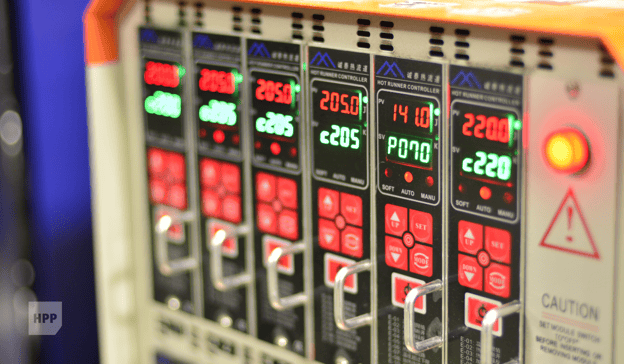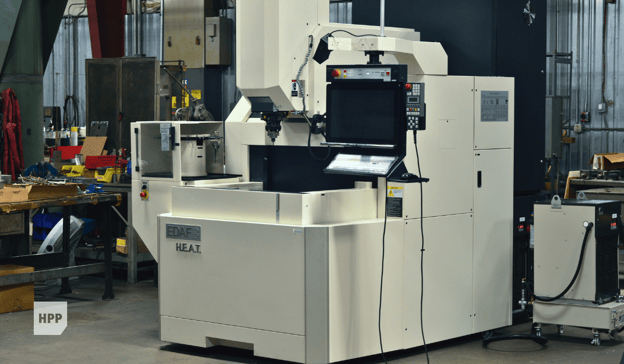The Proper Design and Careful Craftsmanship Your Parts RequireWe all know that a well-manufactured injection molded plastic component doesn't just happen. It takes a team of designers, technicians, and engineers. They must be experts in DFM, materials, machining, and more to conceptualize the product and determine the best possible way to manufacture it long before it hits the market. Injection mold design and custom tooling are just two of the highly specialized processes that can make or break the success of a finished plastic product. Let's look at the basics of injection mold design and custom tooling — what they are, how they work, and the benefits of incorporating them into your manufacturing process. |
||
What is Injection Mold Design?
Injection mold design is, well, just how it sounds. It's the design process for the custom mold that will have molten plastic injected into it to create a plastic component. Like the DFM (Design for Manufacturing) process, the main goal of injection mold design is to create a cost-saving product with high repeatability and resiliency. |
||
What is Custom Tooling?
Custom tooling and injection mold design go hand in hand. A custom tool is any tool that's not readily available to perform a required task. Custom tooling is the creation of that specialty tool. In our case, the device is a custom-made injection mold. Well-designed, expertly crafted custom molds produce higher-quality finished plastic products than off-the-shelf molds — and that's critical in industries where tight tolerances and high standards are non-negotiable. Our in-house injection mold design and custom tooling capabilities allow us to build, maintain, and store molds at Houston Plastic Products. This on-site service saves time and money while guaranteeing quality. Rules of Thumb for Design and Tooling
There are many factors to consider during the design and tooling processes. These include material choice, wall thickness, knit lines, draft, sharp corners, the surface of the finished product, and more. MaterialSome molten plastics may resist flowing properly into your mold. Always ensure the mold and the material are compatible. Wall ThicknessConsistent wall thickness is vital. Inconsistent thickness can result in sink marks, weaknesses, and other imperfections. Molds should be designed with this in mind. Knit LinesWhen two separate plastic flows meet within the mold and "resolidify" along their interface, it creates a knit line. These areas may be more prone to breakage, so it's essential to understand why they happen and how to reduce their impact on your design. DraftDesigners add draft angles or tapers to the mold cavity so that the product is easy to remove once it's cooled. If you can't remove your product from the mold, what's the point? Sharp CornersSharp corners can be less stable and more challenging to manufacture than radiused corners. Surface of the PartMolded parts will pick up even the slightest imperfection on the surface of the mold. Bead blasting or polishing the mold might be necessary to remove machining marks left by the end mills.
|
||
|
Injection mold design and custom tooling require specialized skills, knowledge, and machinery. At Houston Plastic Products, we have all three, plus in-house fabrication capabilities. When your injection molds are designed and tooled in one convenient location, it saves time and money with the added benefit of in-house experts. Contact us if you're looking for a reliable partner in end-to-end plastics manufacturing. We'll create a custom solution that meets your bottom line and deadline in mind. |
February 2, 2023
5 min read time
The Basics of Injection Mold Design and Custom Tooling

Related Posts
You may also like this
April 27, 2023
2 min read time
Updated Tooling and Equipment Means More Efficient Plastics Production Technology changes so...
December 29, 2022
4 min read time
Manufacturing Methods for Tight Tolerance and High Performance Plastics are the most common...
August 17, 2023
3 min read time
We’re Revolutionizing Tooling With Electrical Discharge Machining An old carpentry adage goes:...


